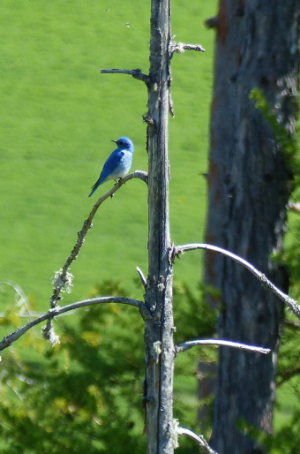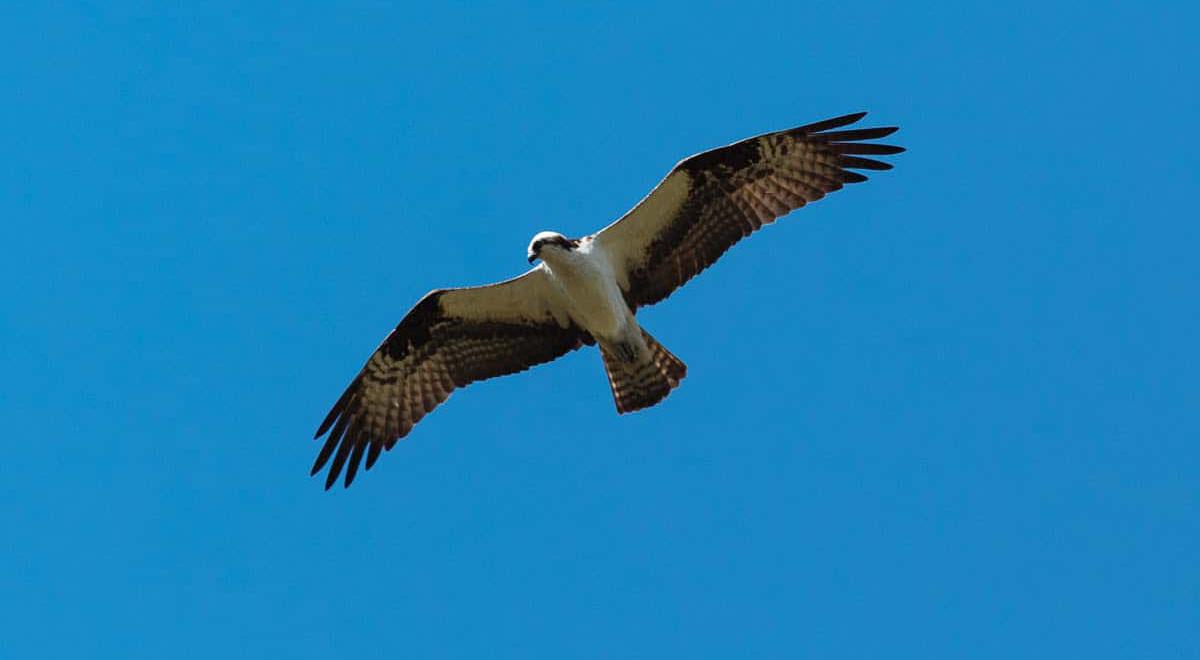Grab your binoculars, download a birding app or use online ID resources and print (or design your own) bird journal. Then, watch this video where Ayla & Kim will walk you through some birding basics and give you the chance to practice your birding skills. After you’ve watched the video, test your knowledge by taking the “Who Am I Challenge” and use the Birding Basics lesson plan to further enhance your birding skills!
Introduction:
Studying birds can be a surprisingly exciting hobby, especially in the spring when birds are at their busiest: migrating after a long winter, looking for nest sites, finding mates, and raising young.
Getting Started:
Gather your bird watching resources:
• Apps and Websites: Find our recommendations in the Bird Apps resource sheet
• Binoculars: Use our How To Guide to refresh your skills
• Journal: Drawing and writing about what you see will help you record behaviours and patterns to confirm identification. It’s also a key tool to going for a ‘Big Year’. ‘Big Year’ is a birding term which means a personal record of the most birds spotted in a single year (in one region). Why not make this your year?

Introduction to Bird Identification:
1. Head to a quiet, comfortable spot where birds tend to be (near trees, bushes, water, etc).
2. Listen! Often we hear birds before we see them. Try to guess which bird you’re hearing. Is it near or far? Have you heard that bird before? You could even record the bird call/song and identify it later on.
3. Use your journal to draw and take notes. Recording the following information will help you to identify the birds you are seeing:
• Date/location: Where and when you see a bird can help you to figure what you’re looking at.
• Size/shape: Is the bird small with a round belly? Is it tall with a long neck? Refer to the bird silhouette cheat sheet to help you figure out what species you are seeing.
• Colour: Describe the main colours (up to 3) and features of the bird. What colour is the head? How about the belly? Does it have markings around its eyes or on its back?
• Behaviour/Habitat: Record what the bird was doing and the type of habitat where you saw it. For example, was it swimming in a pond? Was it perched in a tree? Was it on your front lawn looking for worms? If you see a bird in flight, notice the way it flies. Does it flap continuously? Does it barely flap its wings? Does it use a pattern of quick flaps followed by no flaps?
4. Use your field guide, birding app or websites to confirm the identity of the birds you have seen and learn more about their behaviours and habits. Asking questions and being curious will help to set you up to be an even better birder!

Extensions:
After just a little bit of practice, your bird watching skills can be put to use for science too! Your data on what you saw and where gets combined with hundreds or millions of other peoples’ observations to become studyable data. Wouldn’t you like to say you had a part in the next conservation effort in your region? Find out more about citizen science opportunities.



